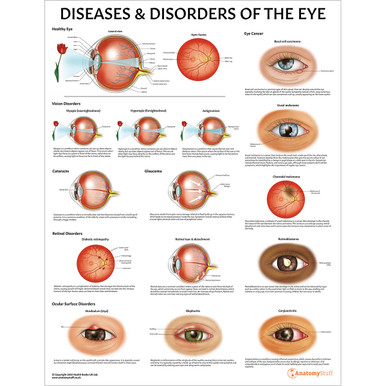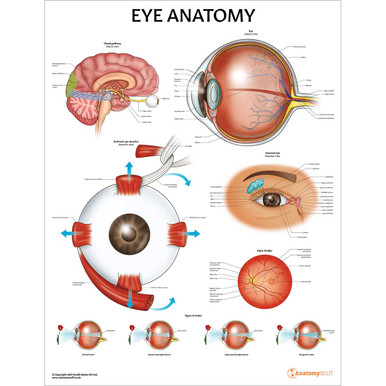Eye Cancer
Eye cancer, also known as ocular cancer, is a type of cancer that develops in the cells of the eye. Here, we will look closer at the different types, symptoms and treatment of eye cancer.
There are different types of eye cancer, including:
- Intraocular melanoma: This type of cancer develops in the melanocytes, which are the cells that produce pigment in the eye.
- Retinoblastoma: This is a rare type of cancer that usually affects children and develops in the cells of the retina, which is part of the eye that detects light.
- Conjunctival melanoma: This type of cancer affects the conjunctiva – the thin, transparent membrane covering the white part of the eye.
- Eye lymphoma: primary intraocular lymphoma (PIOL) affects the optic nerve at the back of the eye. It develops in the retina and in the vitreous inside the eye.
- Eyelid cancer: This type of cancer can develop on the skin of the eyelid and can be either basal cell carcinoma, squamous cell carcinoma, or sebaceous gland carcinoma.
It is important to note that these types of cancer are rare, and early detection and treatment can significantly improve the chances of a positive outcome.
Types
Basal cell carcinoma
Basal cell carcinoma is a common type of skin cancer that can develop around the eye, typically involving the skin or glands of the eyelid. Symptoms include a firm, waxy tumorous mass on the eyelid, which can also sometimes scab up, usually appearing on the lower eyelid.
Retinoblastoma
Retinoblastoma is an eye cancer that develops in the retina and can be detected by signs such as a white colour in the pupil when light or flash is shone in the eye, swelling and redness, or a lazy eye. It is most common in young children but can occur in adults.
Uveal melanoma
Uveal melanoma is a cancer that involves the uveal tract, made up of the iris, ciliary body and choroid. Tumours develop from the melanocytes that give the eye its colour. It can sometimes be identified by a change in pupil shape or a dark spot in the iris. Although most patients don’t exhibit symptoms, symptoms include blurred vision, floaters, and severe eye pain, which highlights the importance of regular eye exams.
Choroidal melanoma
Choroidal melanoma, a subtype of uveal melanoma, is cancer that develops in the choroid, the tissue of the eye between the sclera and retina. The tumours can enlarge, causing retinal detachment and vision loss, and in some cases, the tumours may metastasize to other areas of the body.
Symptoms
Symptoms of eye cancer can include blurred vision, seeing flashes of light or floaters, changes in the appearance of the eye, and pain or pressure in the eye. If you notice any of these symptoms, it is important to see an eye doctor for an evaluation.
Treatment
Treatment for eye cancer may include surgery, radiation therapy, and chemotherapy. The type of treatment recommended will depend on the type and stage of the cancer, as well as other factors such as the person’s overall health.
Early detection and treatment can improve the chances of a successful outcome.
Free PDF Downloads
View AllRelated products
View All














